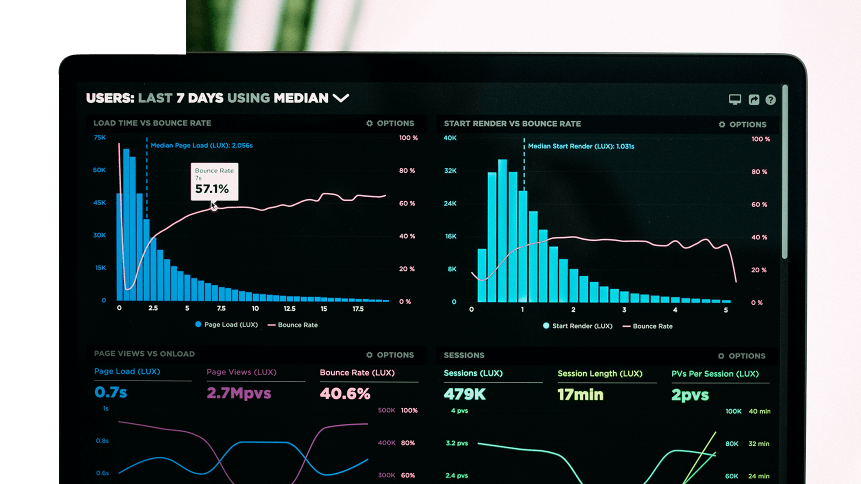Is a business-IT clash causing a data analytics disconnect?

Businesses now have more data than ever, and right now, it’s more than they can make use of.
With more channels, sources and touchpoints, and methods to produce it than ever, one of the main obstacles for companies is the vast volumes of data they’re dealing with.
Faced with this data deluge, companies are often unprepared and under-equipped to find, prepare and analyze. As such, they’re missing opportunities for, business intelligence, strategic market insights, and data-driven decision-making.
But while data analytics skills may be lacking within companies, there is another obstacle— and it could be one of a communication problem between the IT department and rest of business.
A survey of attendees at Adobe Summit 2019 by Cognetik, featuring marketers, analysts, IT professionals, product managers, developers and operations, set out to explore the level of perceived data maturity within businesses today.
All of these remits stand to benefit from data access, and yet the biggest portion (27 percent) said that this was only ‘sometimes’ the case.
Both analysts and marketers said they had a ‘limited’ view of the customer, feeling that their organizations currently don’t use their technology to its fullest potential.
Just 10% of employees always have access to data and insights when they need them and only 7% trust their data quality to help them back informed decisions.
They also considered the maturity of their data analytics programs to be fairly low, and suggested leadership wasn’t regularly using data to make informed decisions.
IT professionals, however, had a different attitude.
This group believed their analytics systems to be well-developed and integrated. They believe their business understands their customer, that insights are readily available, and executives are using the data to make decisions.
YOU MIGHT LIKE

Struggling to find data talent? Look beyond Ivy League
The upshot? The IT function is tasked with building the organization’s tech stack and, most of the time, they are confident they are achieving it and that the tools are there for the organization’s needs.
On the flip side, marketers and analysts disagree— they don’t believe they have the right tools at their disposal (at least, to the standard they require), and that the business as a whole is missing data-led opportunities as a result.
According to Cognetik, this kind of internal disconnect is a sign that many companies aren’t taking a unified approach when it comes to mapping their business goals to the data initiatives and touchpoints required to achieve them.
According to the report, an organization’s data maturity falls into one of four categories:
- Ad-Hoc. Data is only evaluated on an as-needed basis. Most decisions are not data-driven.
- Periodic. Data is reviewed quarterly, monthly or daily, but little emphasis is placed on future-looking analysis.
- Ingrained. Most decisions are data-driven. Products and services are constantly measured.
- Strategic. Data is considered a core asset and is critical when making strategic business decisions.









